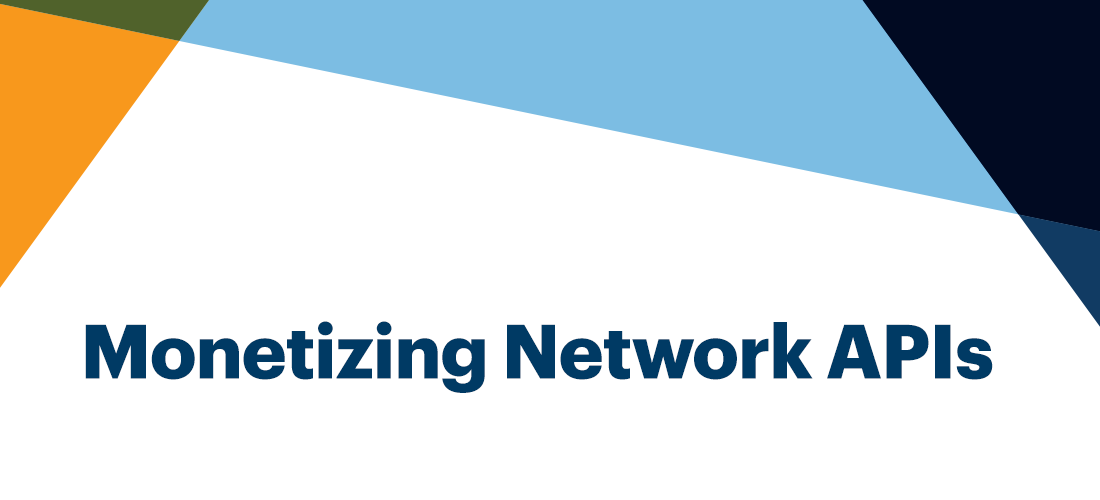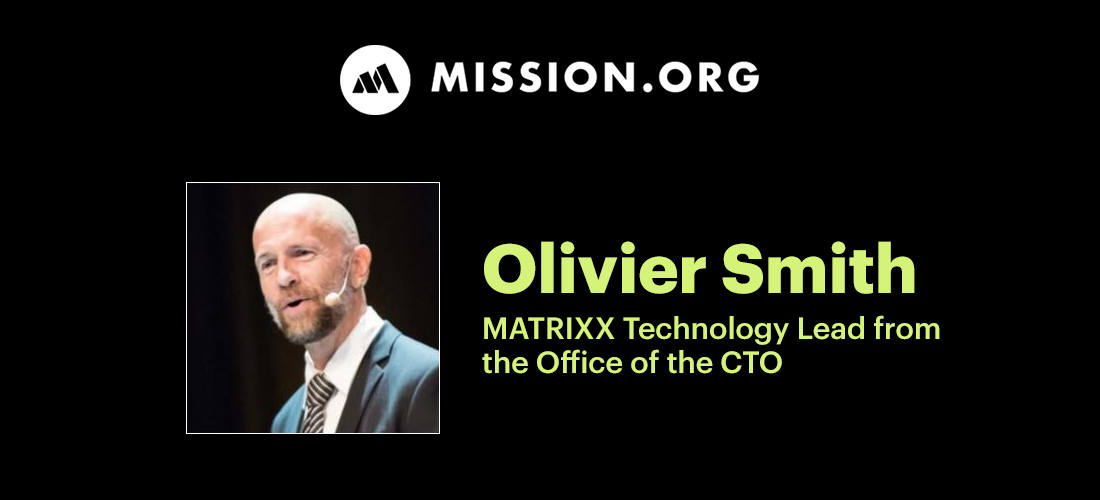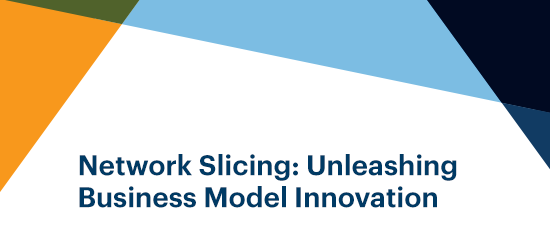- Product
Product
MATRIXX PlatformCommercial Benefits
Rapid Commercial InnovationCustomer-Centric SolutionsUnified, Real-Time RevenueDynamic Operational FlexibilityTechnical Benefits
High Performance Core5G CHF | CCS ArchitectureAPI-FirstClick-Not-CodeTrue Cloud NativeUnified Commerce- Opportunities
Market Segments
ConsumersSmall and Medium EnterpriseLarge EnterpriseGovernment NetworksPrivate Cellular NetworksWholesale- Customers
Overview
Success HighlightsBusiness Case Studies
DISH - Standalone 5GLiberty Latin America - Group TransformationOrange Romania - Rapid Brand InnovationTelefónica - Converged ChargingTPG Telecom - Multi-Brand StrategySuccess Stories
iD MobileOne NZ - ConsumerOne NZ - EnterpriseOrange PolandSwisscomTata CommunicationsTelstra- Partners
Be A Partner
Partner Program OverviewPartner Resources
Education & TrainingStrategic Initiatives
Blue Planet | Dynamic Monetization of 5GCelfocus | Digital BillingGoogle | Confidential ComputeIBM | Telco Cloud PartnershipMicrosoft and Blue Planet | Monetize 5G ExperiencesRed Hat OpenShift | Hybrid CloudSalesforce | Digital ExperiencesTallence | Charging TransformationPartner Case Studies
AWS CI/CD Pipeline- Resources
Events & Webinars
Webinars On-Demand- Company
Pin It on Pinterest
- Opportunities







